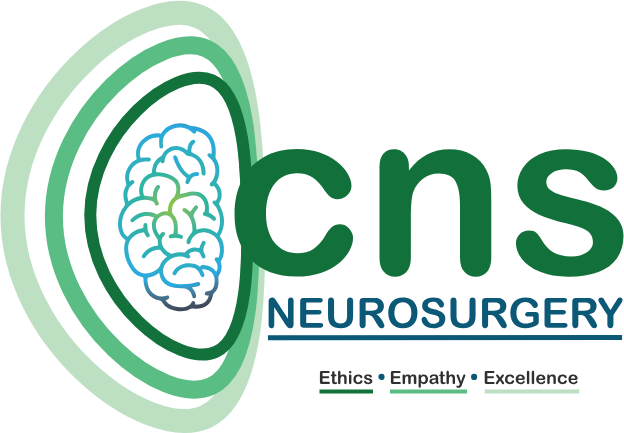
Endoscopic Brain Surgery
Spine Brachial Plexus Surgery
Dr. Chirag Solanki has been trained in this field in his alma mater, NIMHANS, the premiere world-renowned Institute of National Importance in India under the stalwarts. He also got training under Professor Tipu Aziz, the pioneer in this field in Europe and one of the first few in the world, for Deep Brain Stimulation (DBS) from John Radcliffe Hospital, Oxford, UK. There he also trained for DBS, Spinal cord stimulation and peripheral nerve stimulation under Dr. Alex Green, Dr. James Fitzgerald and Dr. Stana Bojanic. He returned from Oxford, UK to provide his expertise to the patients in this field and establish the first ever center in Gujarat.
FAQ’s
What is the keyhole and endoscopic brain surgery?
Endoscopic brain surgery is a minimally invasive surgical technique that uses an endoscope, a thin and flexible tube with a camera and light at the end, to access and operate on the brain.
What is the keyhole and endoscopic brain surgery?
Keyhole brain surgery, also known as minimally invasive brain surgery or endoscopic brain surgery, is a type of surgical procedure in which a small incision is made in the skull, and specialized surgical instruments are inserted through the opening to access the brain.
How is the keyhole and endoscopic brain surgery performed?
During keyhole brain surgery, the surgeon creates a small incision in the skull and inserts an endoscope, which is a long, thin tube with a camera attached to the end. The endoscope sends images of the brain to a monitor in the operating room, allowing the surgeon to see the brain without making a large incision. The surgeon then uses specialized surgical instruments, such as lasers or microscopes, to remove the abnormal tissue or repair the affected area.
What are the benefits of the keyhole and endoscopic brain surgery?
Keyhole brain surgery offers several benefits compared to traditional open brain surgery. It is less invasive, resulting in less pain, a shorter hospital stay, and faster recovery time. It also reduces the risk of complications such as bleeding, infection, and scarring. Additionally, because the incision is small, keyhole brain surgery can be performed on older adults or people with other health conditions who may not be able to tolerate more invasive procedures.
What conditions can be treated with endoscopic and keyhole brain surgery?
Endoscopic brain surgery can be used to treat a variety of conditions, including tumours, aneurysms, cysts, hydrocephalus, blood clots and some forms of epilepsy.
What is the recovery time for the keyhole and endoscopic brain surgery?
The recovery time for endoscopic brain surgery varies depending on the type and extent of the procedure. However, patients typically experience less pain, require less medication, and have a shorter hospital stay than those who undergo traditional open surgery.
Who is a candidate for the keyhole and endoscopic brain surgery?
Not all patients are candidates for endoscopic brain surgery. The decision to use this technique depends on the type, size, and location of the lesion, as well as the patient’s overall health and medical history. A neurosurgeon can determine whether endoscopic brain surgery is a suitable option for a particular patient.
Book Appointment
We are here for you
We are here to make your brain, and spine healthy and normal like others.

